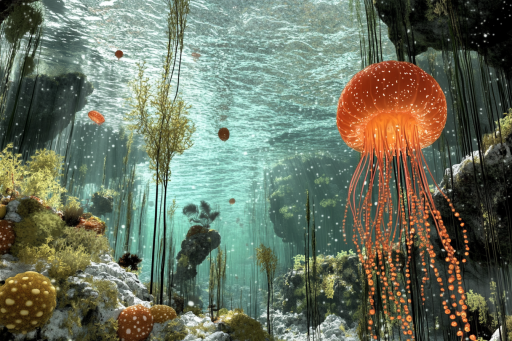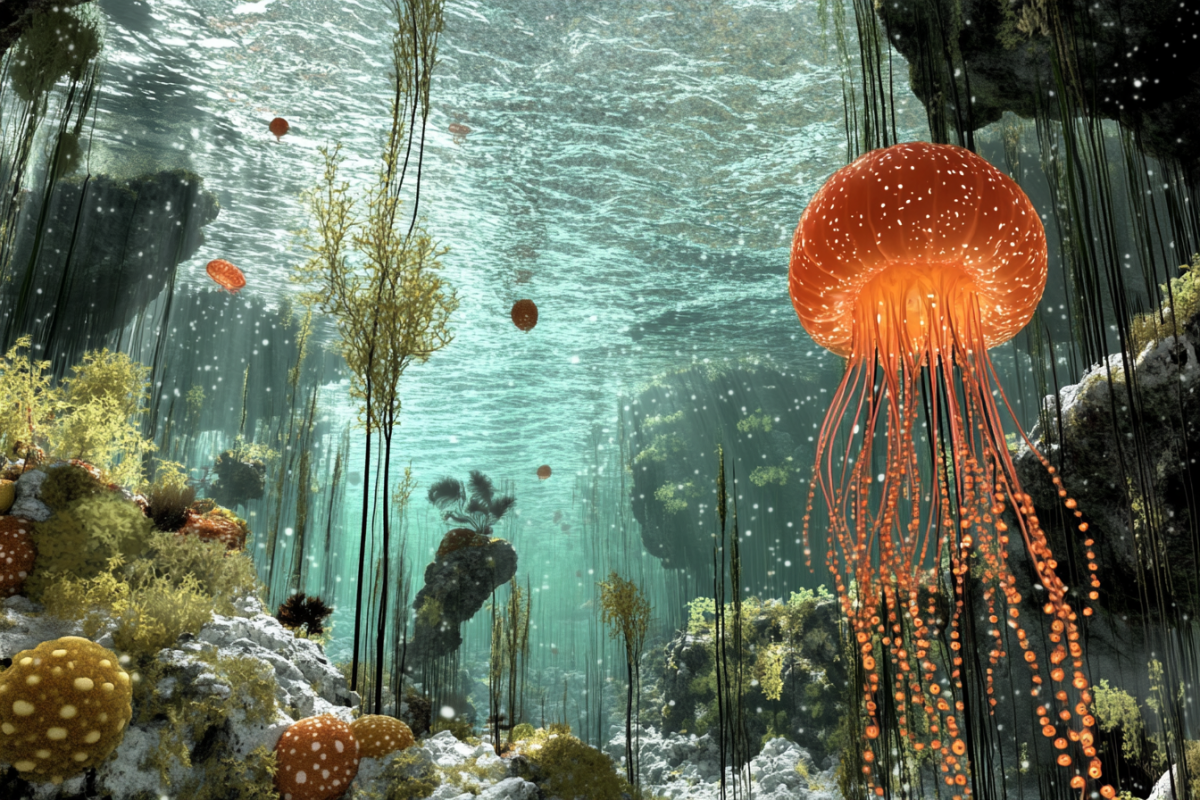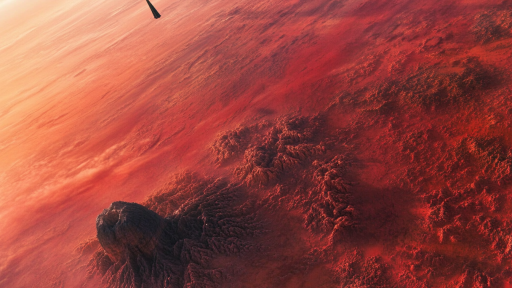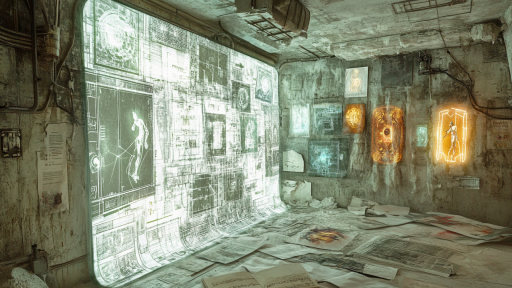
Nature has a way of defying expectations, creating creatures and abilities that seem like something out of a futuristic novel. From animals that regenerate lost limbs to organisms that can survive in space, evolution has produced adaptations that challenge our understanding of biology. Some species have developed near-invisibility, while others thrive in conditions that should be impossible. These astonishing adaptations prove that science fiction often has nothing on the natural world—what other incredible secrets could still be hidden in nature?
Tardigrades – The Indestructible Lifeform

Tardigrades, also known as water bears, are tiny creatures that can survive the vacuum of space, extreme radiation, and even boiling temperatures. When faced with harsh conditions, they enter a cryptobiosis state, essentially shutting down their metabolism until conditions improve. Scientists have revived tardigrades that had been frozen for decades, proving their near-immortality. Could these microscopic survivors hold the key to human space travel or extreme survival?
The Immortal Jellyfish – A Creature That Cheats Death

The Turritopsis dohrnii, known as the immortal jellyfish, has the ability to reverse its aging process, reverting back to its juvenile form instead of dying. This unique ability allows it to potentially live forever, barring predation or disease. Scientists are studying its genetic makeup to understand how it manages cellular regeneration. Could this tiny sea creature hold the secrets to unlocking longevity in humans?
The Axolotl – The Regenerating Wonder

Axolotls have one of the most remarkable abilities in the animal kingdom—the ability to regrow entire limbs, spinal cords, and even parts of their hearts and brains. Unlike most amphibians, they remain in their juvenile state their entire lives while maintaining the ability to heal without scars. Researchers are fascinated by their regenerative abilities, hoping to one day apply them to human medicine. Could studying the axolotl lead to a future where humans regenerate lost limbs?
Mimic Octopus – The Master of Disguise

The mimic octopus is one of nature’s most skilled illusionists, capable of changing its shape, color, and even behavior to impersonate other species. It can mimic a lionfish, a sea snake, or even a jellyfish to avoid predators. Unlike simple camouflage, this octopus actively chooses which disguise to use, making it one of the most intelligent marine creatures. Is this level of shape-shifting the closest thing we have to real-life shapeshifters?
The Dracula Ant – Faster Than the Blink of an Eye

The Dracula ant holds the record for the fastest movement in the animal kingdom, snapping its jaws shut at 200 miles per hour—a speed that makes it nearly impossible to see with the naked eye. This movement is used to stun prey instantly and is powered by a unique jaw mechanism that stores energy like a spring. Scientists believe this adaptation is unlike anything else in the natural world. Could future robotics be inspired by the lightning-fast motion of this tiny predator?
The Glass Frog – A Living X-Ray
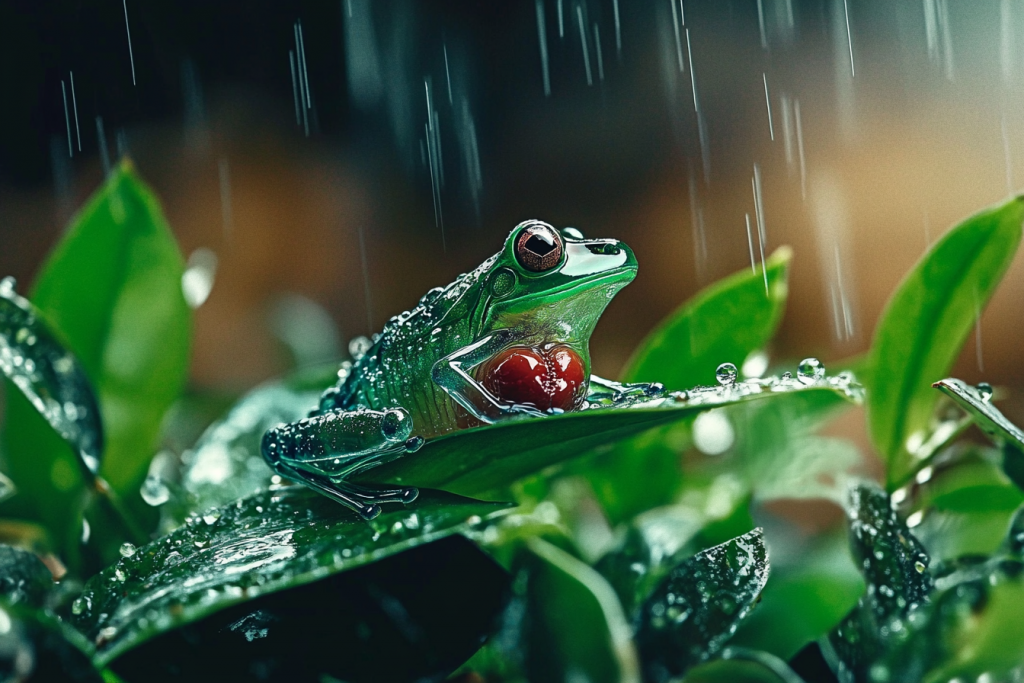
The glass frog has a completely transparent belly, allowing scientists to literally see its heart beating and organs functioning without the need for X-rays. This adaptation helps it blend seamlessly into its surroundings, making it almost invisible to predators. Researchers are studying how its unique transparency works, hoping to develop new medical imaging technologies. Could understanding this frog’s biology lead to breakthroughs in human medicine?
The Venus Flytrap – A Plant with a Nervous System

Unlike most plants, the Venus flytrap has a system that closely resembles a nervous system, allowing it to sense and react to movement. It counts the number of touches before snapping shut, ensuring it doesn’t waste energy on non-prey items. This level of biological calculation is usually seen in animals, not plants. Could understanding this plant’s sensory system help us create better artificial intelligence?
The Mantis Shrimp – A Living Superweapon

The mantis shrimp has the most powerful punch in the natural world, striking with the force of a bullet, strong enough to shatter glass. Its eyes are even more astonishing, capable of seeing ultraviolet, infrared, and polarized light, giving it a vision system unlike anything in humans. Scientists are studying the mantis shrimp’s unique adaptations to develop stronger materials and advanced optical technology. Could this small creature inspire breakthroughs in engineering and vision science?
The Arctic Woolly Bear Caterpillar – A Frozen Survivor

The Arctic woolly bear caterpillar can survive being frozen solid for years, pausing its metabolism entirely. It completes its life cycle over several years, freezing and thawing repeatedly before finally emerging as a moth. This ability to endure extreme cold is unlike anything seen in mammals or birds. Could this caterpillar’s adaptations lead to advances in human cryogenics?
The Hairy Frog – The Bone-Wielding Amphibian

Also known as the “Wolverine frog,” this creature has a terrifying defense mechanism—it breaks its own bones to create claws that puncture through its skin. These makeshift weapons are used to fend off predators, after which the frog heals itself. This ability is unique in the animal kingdom, showing an extreme form of biological weaponry. Could studying this adaptation help us develop better self-healing materials?
The Bombardier Beetle – Nature’s Chemical Cannon

The bombardier beetle has a built-in chemical weapon, capable of spraying boiling hot, noxious liquid at attackers. It mixes two chemicals inside its body, creating an explosive reaction when threatened. Scientists have studied this mechanism to develop new forms of controlled chemical reactions. Could this beetle’s natural defense system inspire safer propulsion systems or non-lethal weapons?
The Sea Sapphire – A Vanishing Act in the Ocean

The sea sapphire, a tiny marine organism, has the ability to turn invisible by manipulating light waves. This shimmering creature can shift between dazzling colors or become completely undetectable, thanks to microscopic crystal layers in its body. Scientists believe this could help develop real-life invisibility cloaks. Could the key to cloaking technology be hidden in the ocean?
The Electric Eel – A Living Battery

The electric eel generates up to 600 volts of electricity, strong enough to shock predators, stun prey, and even power light bulbs in scientific experiments. Unlike artificial batteries, it produces energy biologically, a process researchers are eager to understand. Could studying this creature help us develop more sustainable energy sources?
The Deep-Sea Anglerfish – A Living Alien Nightmare

The deep-sea anglerfish has one of the most bizarre reproductive adaptations in nature—males fuse their bodies permanently to females, becoming little more than a pair of floating gonads that provide sperm on demand. Meanwhile, the female uses a bioluminescent lure to attract prey in the pitch-black ocean depths. This grotesque but effective strategy allows them to survive in an extreme environment. Could understanding this fish’s biology reveal secrets about deep-sea survival?
The Planthopper Nymph – A Living Gears System

Unlike any other creature, the planthopper nymph has a built-in mechanical gear system that allows its legs to move in perfect synchronization. These tiny interlocking gears help it leap extraordinary distances with precision, much like a biological machine. Scientists believe this is the first known example of a natural mechanical system, proving that evolution can create designs that mimic advanced engineering. Could studying this insect’s unique adaptation inspire future robotic advancements?
Nature’s Impossible Designs – Are There More Waiting to Be Found?

The natural world is filled with creatures that seem like they belong in a sci-fi movie, yet they exist right here on Earth. With new species being discovered every year, what other bizarre adaptations might still be hidden in the unexplored corners of our planet? Could the next groundbreaking discovery come from something already living among us?

